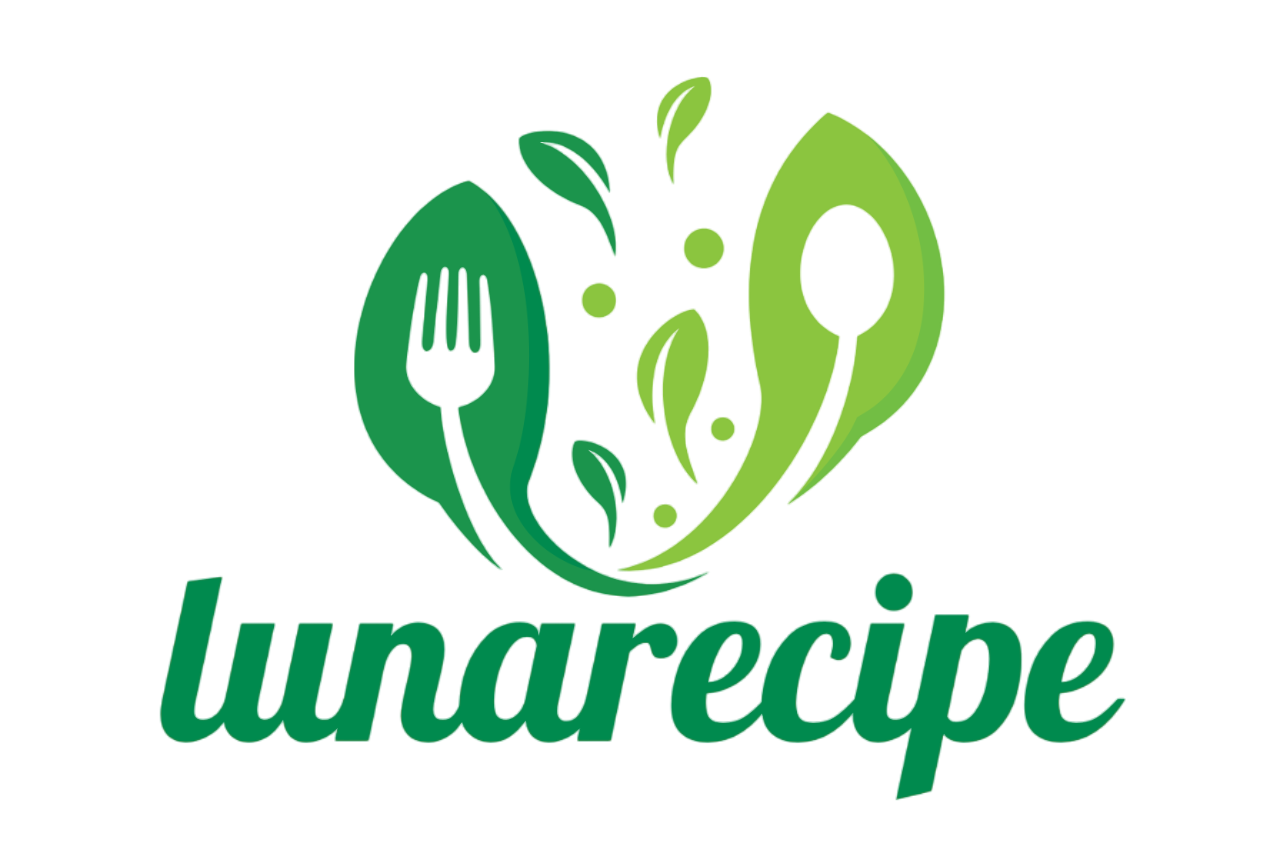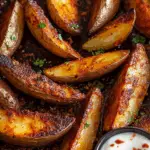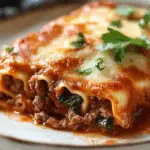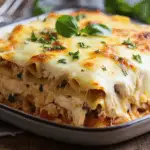This honey cake is a celebration of warm, inviting spices paired with the natural sweetness of honey, resulting in a moist and tender crumb that melts in your mouth. The subtle notes of cinnamon, ginger, and cloves create an aromatic experience that feels like a cozy hug in cake form.
Perfect for autumn afternoons or holiday gatherings, this cake’s golden color and rustic charm make it ideal for serving alongside a hot cup of tea or coffee. Whether dusted lightly with powdered sugar or enjoyed plain, its comforting flavors will have you coming back for seconds.
Full Recipe:
-
1 cup (280g) honey
-
3 large eggs
-
3/4 cup (180ml) vegetable oil
-
1/2 cup (120ml) strong brewed black tea (or coffee)
-
2 1/2 cups (375g) all-purpose flour
-
1 1/2 teaspoons baking soda
-
2 teaspoons ground cinnamon
-
1 teaspoon ground ginger
-
1/2 teaspoon ground cloves
-
1/2 teaspoon salt
-
Optional: powdered sugar for dusting
Directions:
-
Preheat oven to 350°F (175°C). Grease and line a 9-inch (23cm) round cake pan with parchment paper.
-
In a large bowl, whisk together honey, eggs, and vegetable oil until smooth and combined.
-
Stir in the brewed black tea.
-
In a separate bowl, sift together the flour, baking soda, cinnamon, ginger, cloves, and salt.
-
Gradually add the dry ingredients into the wet ingredients, folding gently until just combined. Avoid overmixing to keep the cake tender.
-
Pour the batter into the prepared cake pan and smooth the top with a spatula.
-
Bake for 40–45 minutes or until a skewer inserted into the center comes out clean.
-
Allow the cake to cool completely in the pan on a wire rack before removing. Dust with powdered sugar if desired before serving.
Prep Time: 15 minutes | Cooking Time: 45 minutes | Total Time: 1 hour
Kcal: Approximately 320 kcal per serving | Servings: 8 servings
Introduction to Honey Cake: A Timeless Classic
Honey cake is a beloved dessert that transcends cultures and time periods, cherished for its rich sweetness and warm, comforting spices. It’s a cake that evokes nostalgia and tradition, often linked to celebrations, holidays, and family gatherings. What makes honey cake stand out from other cakes is the unique use of honey as both a sweetener and flavor enhancer, imparting a deep, complex sweetness that sugar alone cannot achieve. This natural sweetener pairs beautifully with spices like cinnamon, ginger, and cloves to create an aromatic and moist cake that satisfies both the palate and the soul.
The History and Cultural Significance of Honey Cake
Honey cake has roots stretching back centuries, appearing in many cultures across Europe and the Middle East. It’s famously associated with Jewish traditions, especially during Rosh Hashanah, the Jewish New Year, where honey symbolizes the hope for a sweet year ahead. Beyond religious observances, honey cake has been a staple in many households for generations, prized for its simplicity and the accessibility of its ingredients.
The recipe’s adaptability is another reason for its lasting popularity. Variations exist worldwide, from the dense, spiced versions of Eastern Europe to lighter, fluffier cakes found elsewhere. Despite the regional differences, the core elements remain consistent: honey, warm spices, and a tender crumb.
Why Honey is the Star Ingredient
Honey isn’t just a sweetener in this cake; it’s a key player that shapes the texture, flavor, and moisture. Unlike refined sugar, honey adds a slight floral note and natural complexity. It also helps keep the cake moist for longer periods, making it ideal for making ahead or gifting during holidays. Moreover, honey’s humectant properties attract moisture from the air, preventing the cake from drying out quickly.
When baked, honey contributes to the beautiful golden color and a slight caramelization on the crust, creating a subtle depth that complements the spice blend. The result is a cake that is both rich in flavor and beautifully tender in texture.
The Role of Spices in Honey Cake
The warm spices commonly used—cinnamon, ginger, and cloves—do more than just add flavor; they provide an aromatic warmth that balances the sweetness of honey. Cinnamon offers a sweet, woody aroma; ginger brings a hint of sharpness and zing; while cloves contribute a deep, slightly peppery note. Together, they form a harmonious blend that makes every bite interesting and comforting.
Spices also add a seasonal touch, making honey cake especially popular in the colder months when people crave warmth and coziness in their food. This spice combination pairs excellently with hot beverages like tea and coffee, making it a perfect companion for afternoon breaks or festive gatherings.
The Texture and Moisture of the Cake
One of the standout features of honey cake is its moist, tender crumb. The use of oil instead of butter helps retain moisture and keeps the cake soft for days. The brewed black tea or coffee added to the batter introduces subtle bitterness and complexity, which counterbalances the cake’s sweetness and enriches the flavor profile.
Unlike some cakes that become dry after a day, honey cake maintains its freshness longer, making it perfect for preparing in advance. The dense yet soft texture makes it satisfying to eat on its own or paired with light toppings like whipped cream or fresh fruit.
Versatility and Serving Suggestions
Honey cake’s versatility extends beyond the basic recipe. It can be enjoyed plain, dusted with powdered sugar, or topped with a simple glaze or frosting. Some variations include nuts, dried fruits, or even citrus zest to add texture and brighten the flavors.
It pairs wonderfully with hot beverages, making it a popular choice for teatime or coffee breaks. For a more decadent dessert, serve slices with a dollop of whipped cream, a drizzle of honey, or a scoop of vanilla ice cream.
This cake also travels well and makes a thoughtful homemade gift during the holidays or special occasions. Because of its moist texture and flavorful profile, it appeals to a broad audience, from children to adults.
Health Aspects of Honey Cake
While honey cake is certainly a sweet treat, it offers some benefits compared to cakes made with refined sugar alone. Honey contains trace vitamins, minerals, and antioxidants, depending on the variety used. The spices included not only enhance flavor but also bring potential anti-inflammatory and digestive benefits.
Of course, moderation is key, as honey is still a form of sugar and contributes to calories. However, its natural sweetness allows for less overall sweetening, and the cake’s richness means smaller portions can be satisfying.
Tips for Perfect Honey Cake Every Time
To achieve the ideal honey cake, it’s important to balance wet and dry ingredients carefully. Overmixing can make the cake tough, so fold the batter gently just until combined. Using strong brewed black tea or coffee adds depth and balances the sweetness without overpowering the cake.
Baking at the right temperature ensures a moist crumb and a nicely caramelized crust. Letting the cake cool completely before slicing helps it set properly, preventing crumbling.
Storing the cake wrapped tightly at room temperature preserves its moisture. It can also be refrigerated or frozen for longer storage without losing texture or flavor.
Conclusion: Why Honey Cake Deserves a Place in Your Kitchen
Honey cake is more than just a dessert—it’s a celebration of simple, wholesome ingredients coming together to create something truly special. Its rich history, comforting spices, and naturally sweet honey make it a timeless classic that resonates with many palates and traditions.
This cake offers warmth and familiarity, perfect for cozy moments at home or festive occasions with loved ones. Easy to prepare and adaptable, it welcomes creativity while delivering consistent, delicious results.
Whether you’re new to baking or a seasoned pro, honey cake is a rewarding recipe to add to your repertoire—one that will surely bring smiles and sweet memories to your table.






